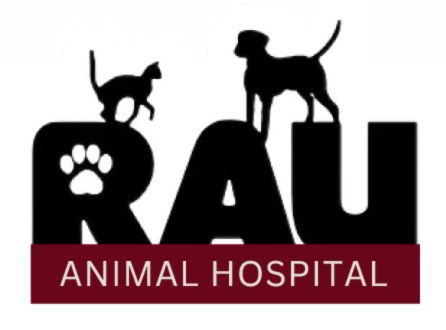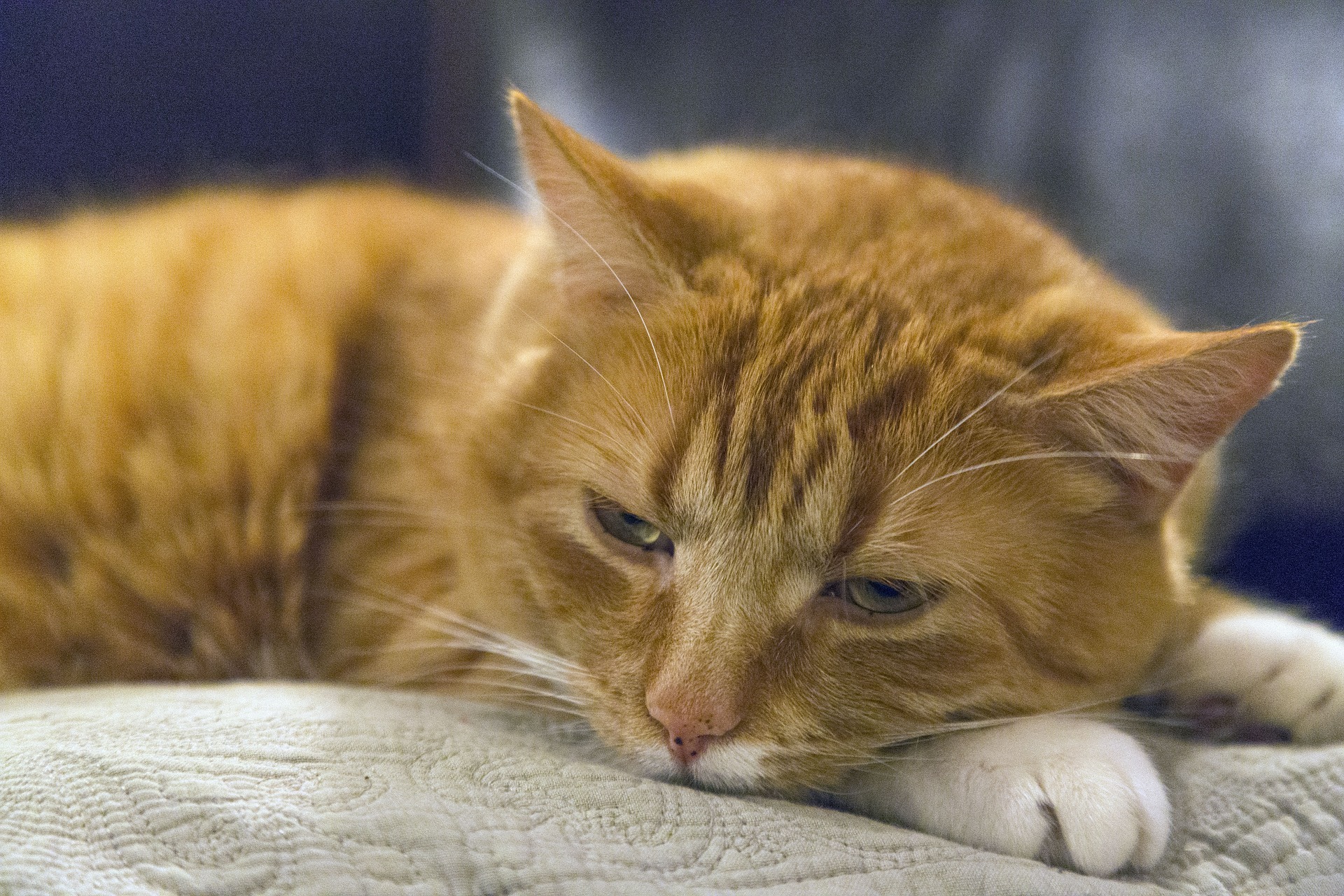Veterinary diagnostic imaging tools include X-rays (radiographs), ultrasounds, MRI’s and CT scans. Each of these non-invasive tools has a different purpose and provides important information on your kitty’s health so your veterinarian can make informed recommendations for treatment.
When Do You Use Cat Diagnostic Imaging?
There are many conditions where diagnostic imaging can help your cat. These range from the acute (such as ingestion of a foreign substance or a fracture) to the chronic (such as a heart condition). For example, imagine your cat is vomiting or having trouble breathing. An x-ray will show if kitty swallowed something unusual that could impact her breathing or digestion. In other cases, your kitty might have a heart problem and an ultrasound could give more information so your veterinarian will be able to make a proper diagnosis. You'll probably want to know about the types of diagnostic equipment available.
The Four Types of Veterinary Diagnostic Imaging Are:
X-Rays (Also known as Radiographs)
You’re probably familiar with X-rays from your own healthcare. You know that a focused beam (which you can’t see) takes internal pictures so your healthcare professional can see the internal workings of your body. It works the same way for your cat. X-rays are often the first diagnostic tool used because they give an overview and a help your veterinarian know how to proceed.
According to VCA Animal Hospitals, “In the abdomen, many organs can be distinguished and foreign bodies or air trapped within the intestines may often be easily observed. The size and shape of the liver, kidneys, and spleen are often assessed on radiographs.”
Ultrasounds
Ultrasounds are often a useful complement to x-rays. “An ultrasound is a non-invasive procedure used to evaluate the internal organs. Ultrasound examinations can be used to examine the abdominal organs, heart, eyes and reproductive organs in cats. For many abdominal disorders, both ultrasound and x-rays are recommended for optimal evaluation. The x-ray shows the size, shape, and position of the abdominal contents, and the ultrasound allows the veterinarian to see inside the organs.” (Source: PetPlace)
During an ultrasound a medical professional will use a probe on a specific area of your cat. The probe sends sound waves into your cat and the resulting echoes create images of your pet's internal organs.
MRI (Magnetic Resonance Imaging)
MRI machines are relatively rare in the veterinary world because they’re expensive and require trained professionals. However, in certain contexts, they’re highly useful, especially when it comes to neurological concerns. "Tufts University School of Veterinary Medicine in Grafton Massachusetts currently uses MRI for diseases that affect the brain and spine. These diseases, known as neurological diseases, show a wide array of symptoms and in many cases can be life-threatening. Some symptoms that may prompt your veterinarian to recommend an MRI include seizures, circling, depression and behavioral changes such as aggression. Staggering, paralysis of one or several limbs and spinal pain may also be present."
Cat MRI’s work like people MRI’s. Your cat will need to remain still within a circular structure while pulses of radio waves continuously reverberate off the area in question, allowing your medical professional to see areas of possible fluid or inflammation. Your kitty will be sedated for an MRI.
CT Scans
"While it’s similar to a traditional X-ray, a computed tomography scan obtains images of slices of a patient, meaning they can go very small and later reconstruct the slices into three-dimensional models of the affected area, according to Dr. Wilfried Mai, an associate professor of veterinary radiology at the University of Pennsylvania School of Veterinary Medicine...This provides excellent detail of the internal anatomy and much more information than a simple radiograph" (Source: PetMD)
Is Diagnostic Imaging Safe for My Cat?
We’re often asked if diagnostic imaging is safe, and our answer is “yes.” We’ll evaluate your cat’s health prior to recommending diagnostic tools. As medical professionals, we want what is best for your cat and diagnostic tools will help us make an improved diagnosis.
As an example of how certain diagnostic imaging tools can help, according to The Drake Center, "The goal of feline radiographs is to ascertain a diagnosis or obtain a final answer without having to perform further more invasive tests or procedures. For example, an x-ray might show evidence of a tumor of the spine and possibly involve the surrounding muscle. The addition of an MRI would reveal the specific tumor and the extent that the tumor extends into the surrounding muscle tissue. This type of information is very important for a prognosis and treatment plan."
If you have questions or concerns about your cat’s health, including diagnostic imaging, please don’t hesitate to ask. Please contact us to book an appointment.

